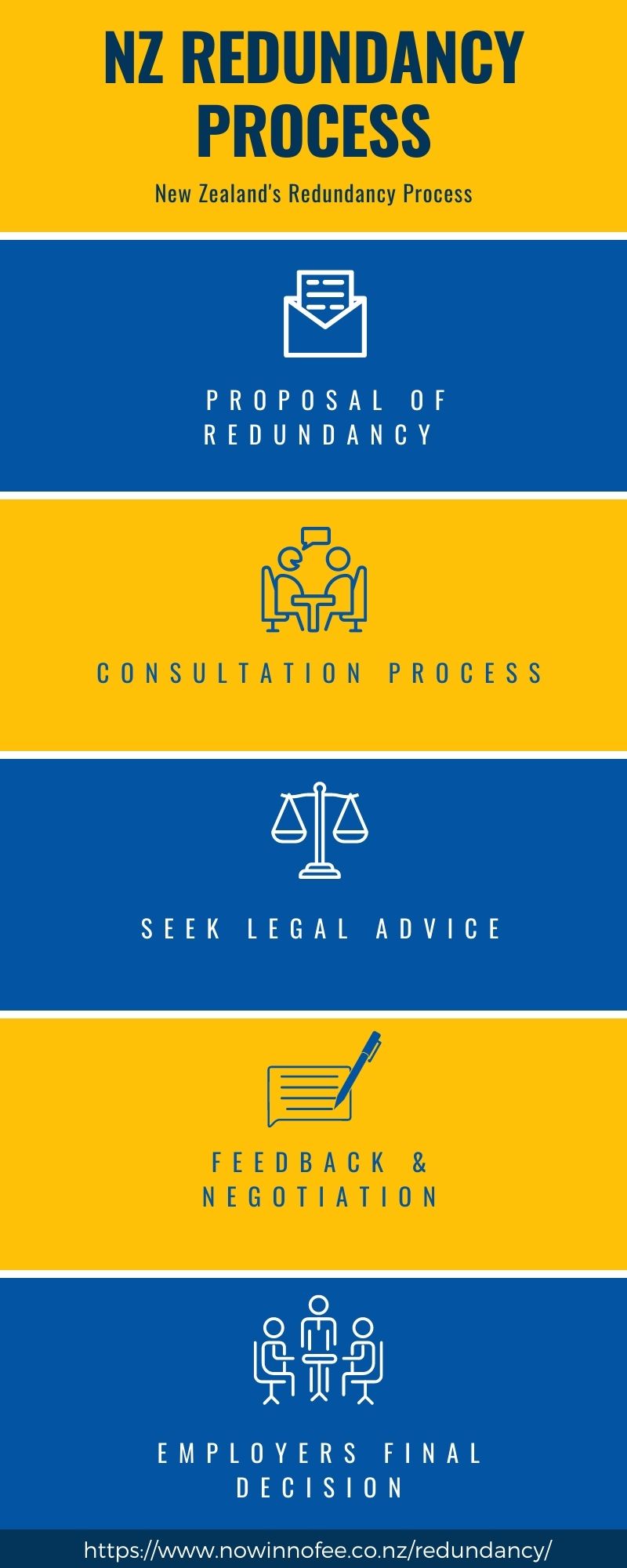How to Handle Redundancy Pay If Company Goes Bust: Key Information for UK Employees
How to Handle Redundancy Pay If Company Goes Bust: Key Information for UK Employees
Blog Article
Exploring the Interplay Between Firm Redundancy and Organizational Adaptability for Future Development
In the dynamic landscape of today's service globe, the intricate connection in between firm redundancy and organizational flexibility arises as a vital element for continual development and success. Business usually face the difficulty of striking a delicate balance in between maintaining a level of redundancy to minimize risks and cultivating adaptability to react swiftly to the ever-evolving market needs.
Importance of Business Redundancy
Company redundancy is a crucial component that enhances business strength and reduces functional risks. By including redundancy steps within the business structure, companies can much better endure unforeseen interruptions and variations in business environment. Redundancy acts as a calculated buffer, enabling business to adapt and react properly to unforeseen difficulties without endangering essential operations.
One key element of the value of firm redundancy is its role in guaranteeing continuity throughout times of crisis. When encountered with abrupt adjustments or emergency situations, repetitive systems, resources, or personnel can step in to keep critical functions and avoid prevalent disruptions. This continuity not just safeguards the business's credibility and client depend on but additionally lessens financial losses and functional downtime.

Techniques for Business Adaptability

Another important approach is purchasing innovation and framework that can support adaptability and scalability. Executing digital tools, automation, and information analytics can streamline procedures, enhance efficiency, and provide important understandings for notified decision-making. In addition, creating adaptable organizational frameworks that enable quick modifications to market dynamics and client requirements is important for remaining affordable in a quickly evolving atmosphere. By proactively recognizing prospective interruptions and chances, companies can proactively prosper and adapt in an ever-changing company landscape.
Balancing Redundancy and Adaptability
Attaining an unified balance between functional redundancy and organizational versatility is critical in browsing the intricacies of a dynamic business setting. Redundancy within a business supplies a security internet, making sure connection and stability in operations. Nonetheless, an unwanted of redundancy can lead to inadequacies and hinder flexibility to changing market problems. On the other hand, organizational flexibility enables companies to respond immediately to external interruptions and seize new possibilities. Striking the best equilibrium between redundancy and versatility is a fragile process that needs a deep understanding of the company's goals, market characteristics, and danger resistance.
To accomplish this equilibrium, companies require to perform normal analyses of their operations to determine areas where redundancy is needed for threat mitigation and where adaptability can drive advancement and development. Applying adaptable frameworks, cultivating a society of continuous learning and renovation, and motivating open interaction across all levels of the organization are vital approaches to integrate redundancy and flexibility successfully. By straightening these 2 vital aspects, companies can position themselves for lasting development and success in an ever-changing company landscape.
Study on Adjustment Success
In checking out circumstances of effective organizational adaptation, it becomes noticeable that the interaction between operational redundancy and flexibility is a specifying element in shaping resistant companies. One compelling case research is that of Netflix. At first a DVD rental service, Netflix showed exceptional versatility by transitioning into a streaming system when digitalization interrupted the sector. By tactically spending in modern technology and web content development, Netflix not only prospered yet survived in a swiftly advancing market. Another standout example is Amazon. Beginning as an on the internet book shop, Amazon continuously adjusted its business my website design, expanding into varied sectors such as cloud computer and expert system. This adaptability allowed Amazon to remain in advance of competitors and satisfy transforming consumer demands. Last but not least, Adobe provides a notable image of successful adjustment. The company shifted from marketing software application licenses to a subscription-based version, ensuring persisting earnings streams and enhanced client involvement. These case research studies emphasize the value of operational redundancy paired with business adaptability in fostering long-lasting development and competition.
Structure Strength for Future Development
Structure strength for future development calls for a critical alignment of functional processes with market characteristics and arising fads. Firms need to adjust to altering settings by cultivating a society of versatility, technology, and continuous renovation. Resilience entails not only getting better from troubles however additionally proactively planning for future obstacles. One vital aspect of building resilience is purchasing robust risk monitoring strategies to alleviate possible interruptions. This includes scenario preparation, branching out supply chains, and establishing contingency strategies for numerous backups (who pays redundancy money).
Moreover, cultivating solid connections with stakeholders, such as clients, workers, providers, and the area, is essential for weathering uncertainties and keeping trust fund and assistance during turbulent times. Reliable communication and openness play a vital duty in building resilience, as they aid help with and straighten expectations cooperation in browsing uncertainties.
Furthermore, organizations require to visit this web-site focus on discovering and growth initiatives to upskill staff members and furnish them with the required tools to adjust to transforming circumstances. By buying their labor force, business can boost their adaptability and agility, eventually reinforcing their strength for lasting future development.
Conclusion

In the dynamic landscape of today's business globe, the elaborate partnership in between company redundancy and business image source adaptability emerges as a crucial variable for sustained growth and success. Companies often face the obstacle of striking a delicate equilibrium between preserving a degree of redundancy to reduce dangers and fostering versatility to react swiftly to the ever-evolving market demands.To attain this balance, business require to conduct routine analyses of their operations to identify locations where redundancy is needed for risk mitigation and where versatility can drive technology and growth.In conclusion, the interplay in between firm redundancy and business flexibility is important for future development. Structure resilience with a mix of redundancy and adaptability will certainly make certain that business are prepared for the difficulties of the future.
Report this page